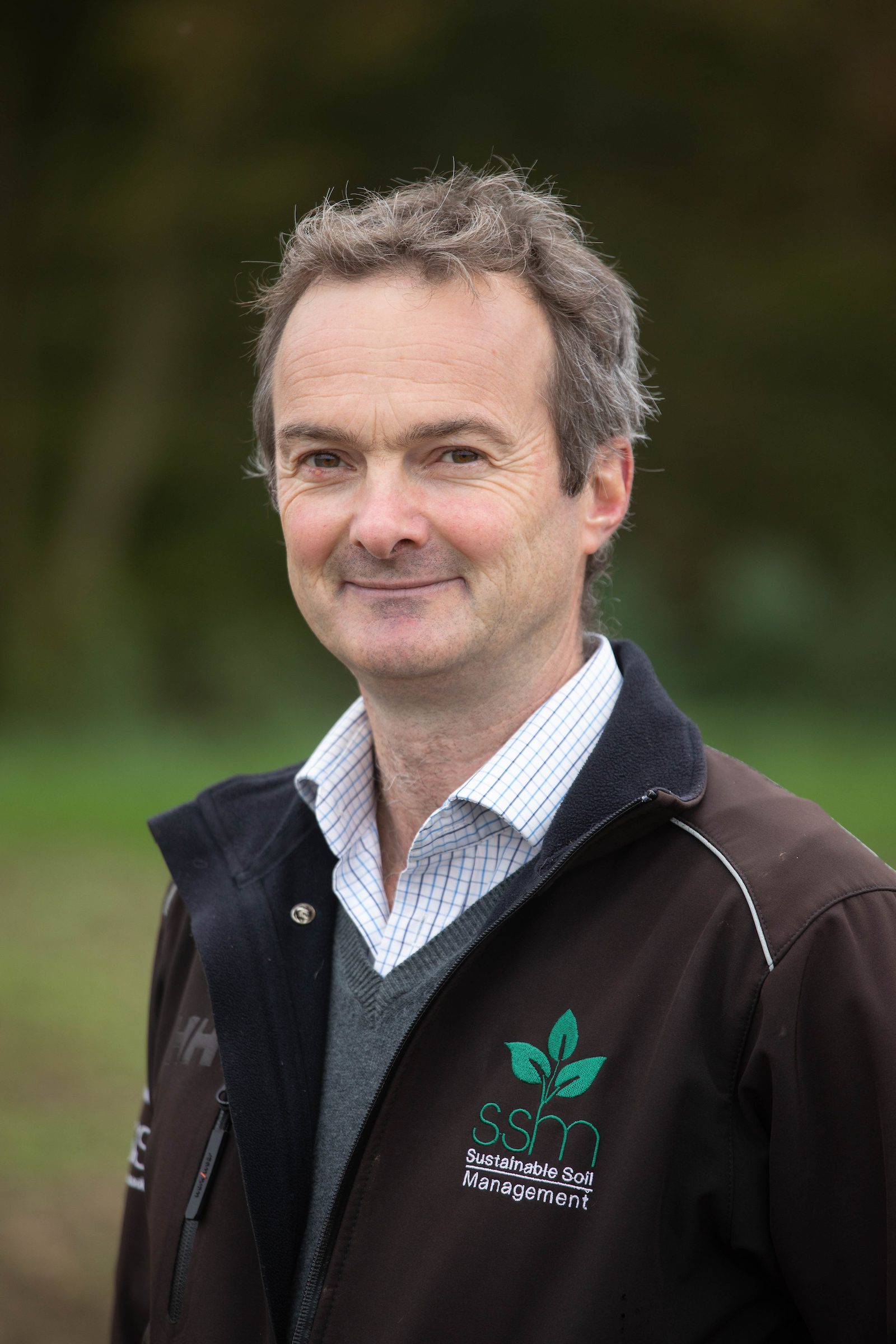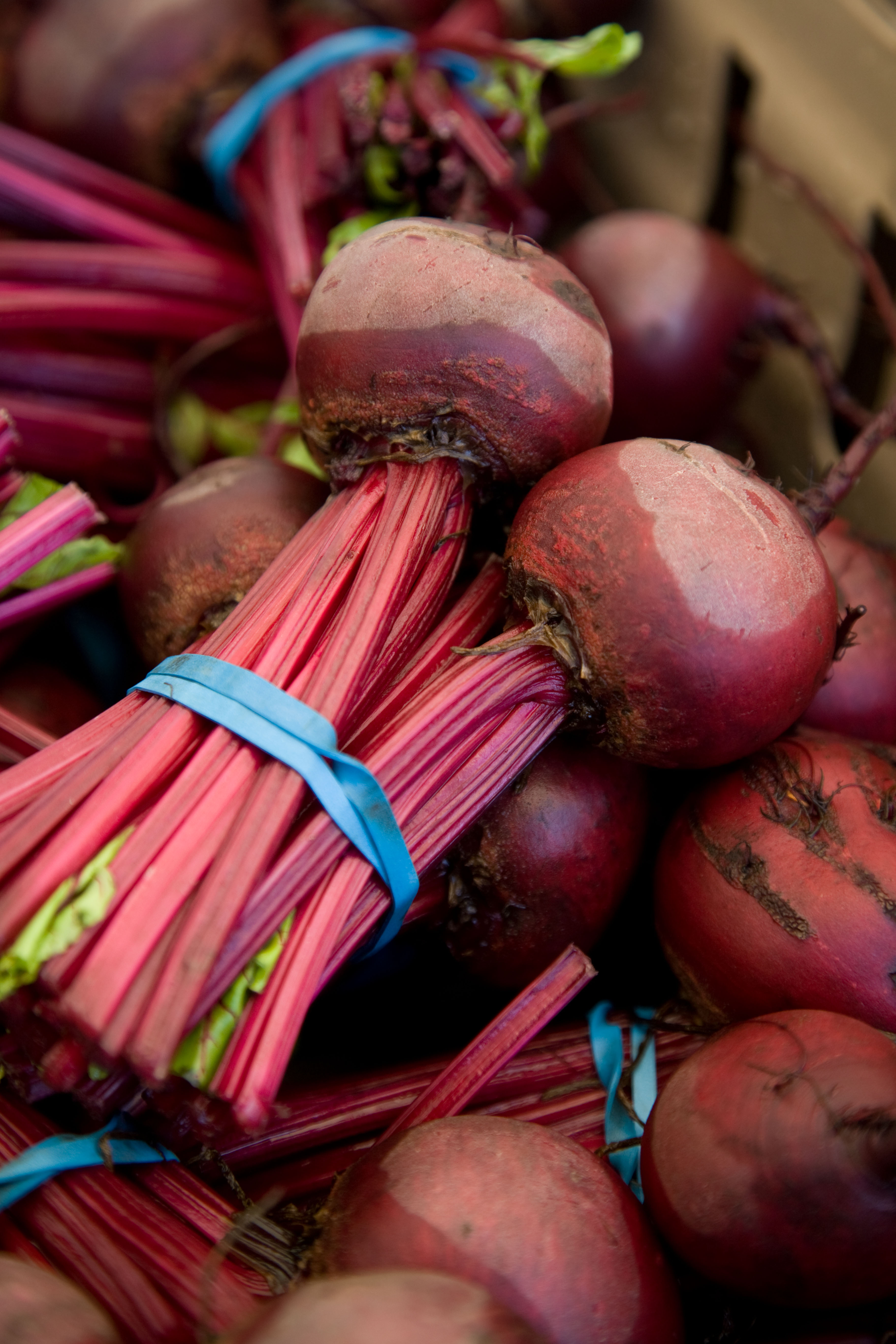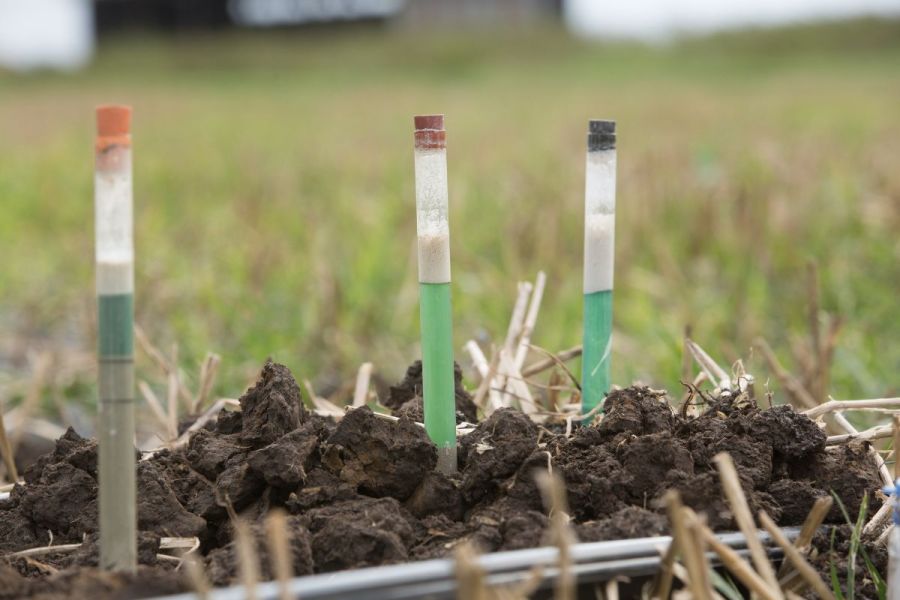Launched at the recent Groundswell Event, the new TerraMap Gold service from Hutchinsons is claimed to offer a combination of the most comprehensive soil analysis and most accurate soil mapping on the market. CPM finds out more…
Digitalisation makes the data come alive.
By Charlotte Cunningham
While soil mapping in its simplest form is nothing new, advances in the technology used to carry out analysis has progressed at a rapid rate.
In 2019, the launch of the TerraMap service marked a new era for the way soil mapping was done – moving to a system of using gamma-radiation technology to increase accuracy and provide high-definition mapping of key nutrient properties, pH, soil texture and organic matter levels.
The TerraMap methodology collects data in two steps; firstly scanning fields via a lightweight all-terrain vehicle fitted with the sensor, and secondly taking soil samples to allow for each scan to be used to create the individual map layers.
And now, building on that is the new TerraMap Gold service – launched at this year’s Groundswell – which is claimed to offer the most accurate analysis and mapping capabilities on the market.
“The driver behind the introduction of this new level of testing is to glean an even greater understanding of how soil performs and why it may perform in that way,” explains Ian Robertson, head of soils at Hutchinsons. “This could be good or bad performance – but once there’s an understanding of why, action can be taken to rectify or manage land better.”
The journey to market for the Gold test actually started over 20 years ago in paper format, developed by Ian and finessed over the years that followed.
“When I first started my career, we’d go onto farm to do a soil test and get a bit of paper with an excel sheet and lots of numbers back. The TerraMap service essentially enables this digitally – layering the data to provide a much more accurate picture of what’s going on in the soil. Digitalisation makes the data come alive.”

This new level of testing will help glean an even greater understanding of how soil performs and why it may perform in that way, explains Ian Robertson.
The Gold test takes 31 different parameters into account – measuring not only all of the elements that are available to the plant, but also all of the elements which are totally extractable in the soil, explains Ian.
These include:
- Active (water) pH
- Buffer pH
- Soil texture
- Organic matter
- Organic carbon
- P, K and Mg indices
- Boron, manganese, iron, copper, zinc, molybdenum (total), cobalt, chloride and sulphur (sulphate)
- Total reserves of P, K, Mg, Ca, Na, S and Mo
- Exchangeable cations (Ca, Mg, K, Na, H)
- Cation exchange capacity
Delving a bit deeper into some of this Gold functionality, being able to measure buffer pH is particularly beneficial, notes Ian. “This is a different measure to the normal water pH and indicates how much reserve acidity there is in the soil, or what the resting pH of the soil is likely to be.
“This is very important in understanding how nutrients cycle in the soil; phosphorous is key and has a peak cyclability between pH 6.2 and 6.8. If the buffer pH is outside these values, then the phosphate management policy ought to be carefully considered. So for example, if the field displays a large variation in buffer pH, this would mean that two phosphate management plans are required to optimise phosphorous utilisation.”
It’s also possible to get a more accurate picture of both nutrient reserves and plant available levels of macro elements. “There may be significant differences between the total reserves and the actual plant available nutrients, which are generally caused by one of the numerous nutrient interactions within the soil,” explains Ian. “However, as TerraMap Gold measures 31 parameters it allows for better understanding of these interactions and how to manage them for peak soil performance”
Farmacy agronomist Toby Clack has also played an important role in bringing the Gold service to market. “I’ve got experience of some strange soil types which has really helped to develop a tool which is suitable for a wide range of farms.”
Toby says that, for him, the Gold service brings a deeper understanding of soils. “Traditionally I’d felt a lot of frustration with the old way of indices sampling, which was based on hectare samples, as the actions that were carried out based upon these results often didn’t translate into the results farmers hoped for.
“With TerraMap Gold, we’re working on a m2 basis. From an agronomy point of view, being able to see the relationship between different parameters enables better decision-making when it comes to product choice, like compound fertiliser. But it also allows users to have more confidence in what they’re seeing within the soil and that what they’re planning to do is going to make a difference.
“Then when you take this data and put it into Omnia, it gives a much more visual way to interpret and use the data. For example, reports can be exported straight out of Omnia into machinery to create and apply variable rate plans. It’s just the whole package.”
Ian adds that if growers have a more accurate starting point, it enables them to begin to answer some of their most challenging crop questions. “This may be why you have a low phosphate index, or perhaps why you’ve got soils which can’t be drilled beyond 1 November. It enables users to peel back the layers, right to the core of the issue, to understand why soil does what it does.”
Looking to the future, Toby says the industry is likely to be under much more pressure to justify input decisions, like fertiliser applications. “But within TerraMap Gold it really does provide you with the backing and reasoning why you may need to make certain decisions, which I think will only become more important.”
It’ll also aid better longer-term planning and decision making, believes Ian. “In crop production the trend when something doesn’t perform has quite often been to put more on – whether that be seed, cultivations, fertiliser, agronomy or technology. However, using technology ahead of the game can help understand why performance isn’t as expected and allow proactive rather than reactive decision making.”
As well as a better outlook from an environmental point of view, there’s likely to be a financial benefit to this too, he adds. “Most of the soils we’ve looked at with TerraMap Gold have proved to actually be a deep freezer full of food – there’s often lots of nutrition there, but for some reason it’s not cycling, and the plant can’t access it.
“At a time when we’re under huge pressures from both a financial perspective and as a result of finite resources, a better understanding of what may be lying deep within the soil enables farmers to access what they more often than not already have.”
The challenge with any kind of technology is making it accessible and relevant to a varied audience, and such was the case with TerraMap Gold, says Ian. “Taking it in to a digital platform was quite easy really as we were merging two existing technologies. I think the hardest part was making sure that the increased data was represented clearly on the digital platform allowing for good end-user functionality.
“But the more we’ve done, the more we’ve been able to overcome this and we’re now bringing a technology to market which can be really personal and bespoke to every single farm.”
View from the field
Having a visual representation of field variations, and the in-depth insight provided by the Gold service, is helping Stirling Fenton better manage organic produce.
Stirling is the organic crop manager at Cambs Farms Growers and oversees the production of over 350ha of organic beetroot, onions, lettuce, celery, and cereals. “Compared with traditional arable systems which may carry out farm-scale soil sampling every three to five years, we do it annually here.
“Traditionally, this involved using a typical core sample system. The samples would be sent off to a lab and we’d get back numbers on a spreadsheet which essentially would give an average outlook for the entire field. While this can be useful for getting an overall idea of pH or nutrient availability, we were really lacking a way of being able to understand in-field variability.”

The TerraMap Gold service helping grow more uniform, healthier crops with less inputs at Cambs Farms Growers.
This is where the TerraMap Gold service has been game-changing, he adds. “The farm is on a regenerative drive and we’re looking to be more cost-effective and more targeted with our nutrition plan. With the system of analysis we were using before, there wasn’t the opportunity to notice small variations which would have been making a huge difference to the overall picture of the farm – whereas TerraMap Gold allows us to hone in on that detail.”
Stirling adds that having information on macro and micro nutrition is hugely beneficial. “With limited access to inputs, being accurate with nutrition planning is fundamental for organic growers. If crops are looking poor, we can’t just stick a plaster on in the form of nitrogen – we have to use organic amendments and the right nutrition before that plant even goes in the ground to give it the best chance of success.
“What’s more, organic yields tend to be less compared with their conventional counterparts. However, what we’ve found is that because there is such a detailed level of accuracy within the TerraMap Gold service, we’ve been able to really pinpoint where the poorer performing parts are and bolster the yields in those areas by focusing on a more tailored approach.”
Not only is the service useful as a standalone, but also because of how it works within the wider Omnia platform, he adds. “Being able to link and overlay other layers of data is really helpful. In the field, farmers know anecdotally where the poorer bits are and what the soil is like in certain places, but this brings it to life.
“Having a visual representation of the data also makes it so much more transferable. Previously, there was no link between a spreadsheet and the field, but now we can take this data and feed it right the way through to the machine in the field to allow us to create and apply variable rate nutrition and organic recommendations,” notes Stirling.
“Everything now is becoming very data driven – there’s a lot of data being collected in agriculture as a whole and a lot we can do with it. With the TerraMap Gold service, we can use that data and overlay it with all sorts of other farm information to create a very good and incredibly accurate picture of how the crops are performing.
“The end result is that we’re producing a more uniform crop – which is healthier because of more targeted nutrition – and we’re able to do it with less inputs.”
TerraMap services – a summary
With the launch of the new Gold service, there are now six service levels in TerraMap.
If you missed the Gold launch at Groundswell, Hutchinsons will also be demoing the technology at its Helix and regional technology days over the summer. More information can be found on its website.

Digital Direction
As arable farms progress towards a digital future, it can be difficult to know which forms of data generation, capture and analysis provide a really worthwhile benefit to the business, and which are costly and time-wasting distractions. CPM is working with some of the industry’s leading companies in this area to bring growers some Digital Direction. These articles track the significant steps on the journey towards the data-enabled farm, and also explain and profile the technologies involved.
CPM would like to thank Hutchinsons for sponsoring this Digital Direction article and for providing privileged access to staff and material used to help bring it together.
This article was taken from the latest issue of CPM. For more articles like this, subscribe here.




